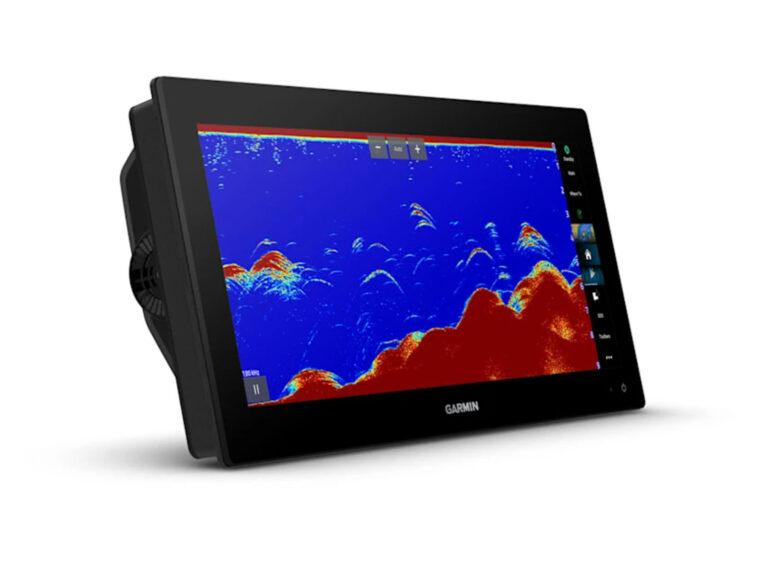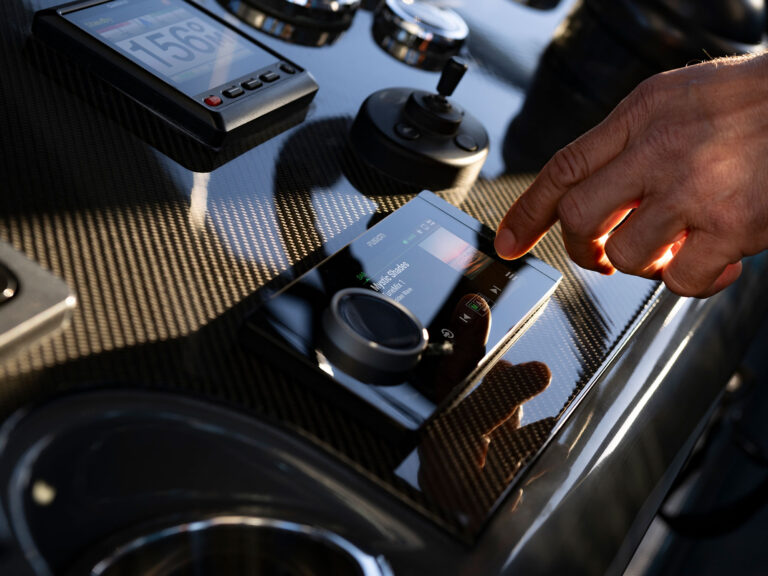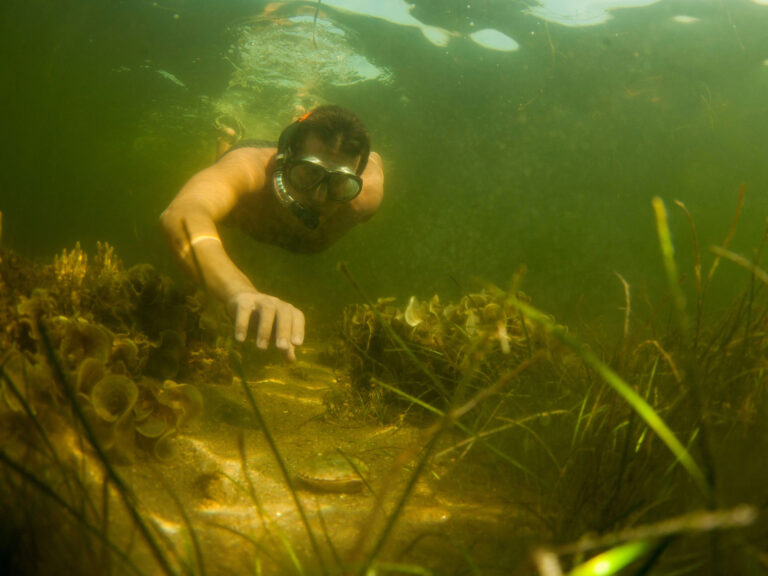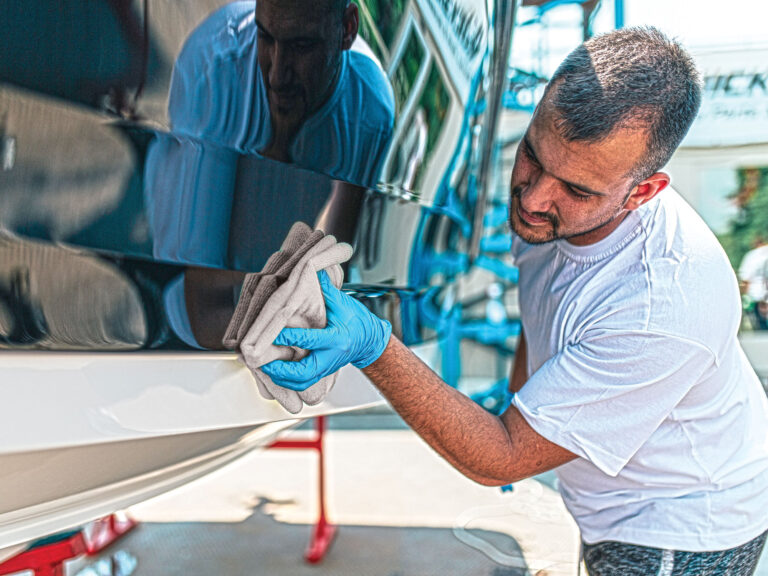Personal watercraft are popular for good reason. They’re affordable, easy to operate, and top the charts when it comes to fun factor. Modern-day PWC, however, aren’t just simple one-trick ponies. They’ve matured into multiple diverse segments, aimed at not just the recreational-minded newcomer or high-speed performance junkie but also long-distance touring riders, fishing enthusiasts, tow-sport fans, and more.
7 Things To Look For In A PWC
At Boating Magazine, we’ve tested literally hundreds of personal watercraft over the years, from the first 1968 Sea-Doo to the latest flagship offerings from Sea-Doo, Yamaha and Kawasaki. Here are seven things we think are worth consideration when buying a personal watercraft.
1. How You’re Going to Use It:
Like with any boat, the purchase of a personal watercraft should start with one simple question: How do you plan to use your craft? A stable, three-passenger model with a naturally aspirated engine, deep-V hull and speed control is an ideal choice for those who like to explore or maybe tow skiers and boarders. Supercharged models with agile hull designs indulge performance types. There are also craft aimed at trick riders, anglers, and average recreational riders, all at varying price points. Envision how you plan to use your craft, and then narrow your choices accordingly.
What you want: A craft that fits your lifestyle, passenger needs and budget.
2. Storage Space & Type:
Storage capacities tend to increase along with a craft’s size, but don’t overlook placement and ease of access. Large bow compartments swallow a lot of gear, but aren’t always easy to access out on the water. Gloveboxes may be small, but keep frequently needed items within easy reach and often include waterproof phone holders. Optional coolers, storage bags, and even fuel caddies can also be mounted on the swim platform of some models.
What you want: Storage that meets your needs, whether you’re out for a few hours…or planning an overnight touring ride.
– RIDE DEFENSIVELY –
Safety Tip Provided by the U.S. Coast Guard
Personal watercraft are the motorcycles of the sea. Never assume other boaters can see you, so avoid high-traffic areas when you can and always ride defensively.
3. Ride Comfort:
Comfort is key, especially on longer rides. While a flatter bench may save money or not get in the way when fishing, touring riders will likely prefer a contoured saddle with lower back-supporting bolsters. A lower saddle may give a more racy feel, but make sure it doesn’t position your knees uncomfortably high. A taller alternative may also make it easier to absorb the shock of rough water with your legs. Tilt steering can also further dial in your fit.
What you want: A saddle that offers a mix of comfort and support, and overall ergonomics that fit your body.
4. Drive System
Electronic reverse and deceleration systems have dramatically changed the behavior of PWC, offering intuitive forward-neutral-reverse control as well as rapid deceleration at speed. All while keeping a rider’s hands on the handlebars and eyes on the water. While systems are almost universal on modern craft, they differ slightly in activation and response. Compare with a test ride, and get the feel for your individual craft’s manners before heading out on that first ride.
What you want: A craft that handles intuitively in tight-quarters situations like marina or launch ramp, and can rapidly slow in the event of an unexpected obstacle.
5. Latest Technology
Tech upgrades enhance your experience but add to a craft’s cost. Cruise control and no-wake modes are great for long-distance riders or those who frequently deal with low-speed zones. Electronic trim can keep the bow down during hard acceleration, then raise to improve top speeds. A choice of speed and acceleration profiles will satisfy the performance rider, yet tame the ride for newcomers. Rapidly increasing in popularity are sound systems, which allow riders to cruise to their own personal soundtrack.
What you want: A mix of technology that makes your craft easier to operate…and more fun to ride.
6. Stern Layout
Larger aft platforms make it easier to get aboard from deep water, especially when combined with a spring-loaded boarding step and multiple handholds. Watersports enthusiasts will benefit from a solid tow point, and possibly wet storage for towrope and handle. Platforms should have adequate traction, typically provided by grooved or textured EVA foam for comfort. Pop-up cleats or mounting grooves are increasing in popularity and anchor additional accessories.
What you want: A comfortable, padded platform with boarding step and handholds to ease deepwater boarding, along with tow point for watersports.
7. Size of the Engine
Engine size has one of the greatest impacts on a PWC’s cost. Entry-level models (typically 60 – 110 hp) balance power and fuel efficiency but carry the risk of being “outgrown” as a rider’s skill levels increase. Midrange horsepower (130-170 hp) often hits a sweet spot, with the speed to satisfy performance enthusiasts and watersports fans without the added costs that come with a supercharger. Supercharged engines (up to 325 hp!) may run up your gas bill, but provide arm-stretching acceleration and thrilling top speeds.
What you want: Horsepower that fits your budget, yet satisfies your needs… including that addicting need for speed.
– ALWAYS WEAR YOUR LIFE JACKET –
Safety Tip Provided by the U.S. Coast Guard
Get a comfortable U.S. Coast Guard-approved life jacket designed for use on a PWC, and make sure you wear it every time. It’s the law, even for adults.
Specific Considerations for Used PWCs
Used craft offer a more affordable path to get into the PWC market, or a way to get a high-end craft at a more reasonable price. Keep in mind they may lack amenities, like electronic reverse and deceleration systems, that enhance modern PWC. Pay close attention to a craft’s condition. If possible, have engine, steering and jet pump inspected by a reputable mechanic. Consider replacing high-wear areas like saddle, grips and footwell traction.
Keep in mind the “average” lifespan of a PWC is about 300 hours of runtime. Superchargers typically last 100 to 200 hours.
Closing Remarks & FAQs:
Find the answers to additional frequently asked questions about personal watercraft below.
How many hours are too many on a used PWC?
The average PWC user puts about 30 hours a year on their craft, with the average lifespan being in the neighborhood of 300 hours.
How long do PWCs last?
Statistics aside, proper care and maintenance has a significant impact on a personal watercraft’s longevity. Cleaning, engine flushing, oil changes at prescribed intervals and following your manufacturer’s service schedule will allow you to get the most out of your craft.
How much do PWCs typically cost?
Current, 2024 model year PWC run anywhere from $7,000 – $20,000 and are typically divided into recreational, performance, luxury and specialty segments including freestyle, fishing, tow sports and adventure.
What are some good PWCs for the price?
The majority of mainstream PWC manufacturers — including Sea-Doo, Yamaha and Kawasaki — have been in the industry for decades and produce fun, reliable watercraft at similar price points and feature offerings.
Are PWCs expensive or hard to maintain?
Like any vehicle, PWC require periodic service checks and routine maintenance to stay in best running condition. Costs are comparable to similar vehicles, including motorcycles, snowmobiles, etc.
Are PWCs hard to trailer?
Due to both their size and weight, personal watercraft are relatively easy to trailer and may not require as large or as powerful a tow vehicle as a full-size boat. A properly balanced PWC trailer typically responds well, even at highway speeds, and is easily loaded and unloaded at the launch ramp.
Can you test a personal watercraft before buying it?
A test ride is the best way to discover if a PWC has the power, handling and features you’re looking for, as well as note individual quirks, noise levels, or issues with ride quality. Not all dealers, however, offer test rides or have easy access to water. Always try to test any craft, as well as even a few competitive models, before making a purchase. If not available, rely on reviews from reliable sources to get a feel for a craft’s strengths and weaknesses, or visit a local riding area and ask current owners for their thoughts.





